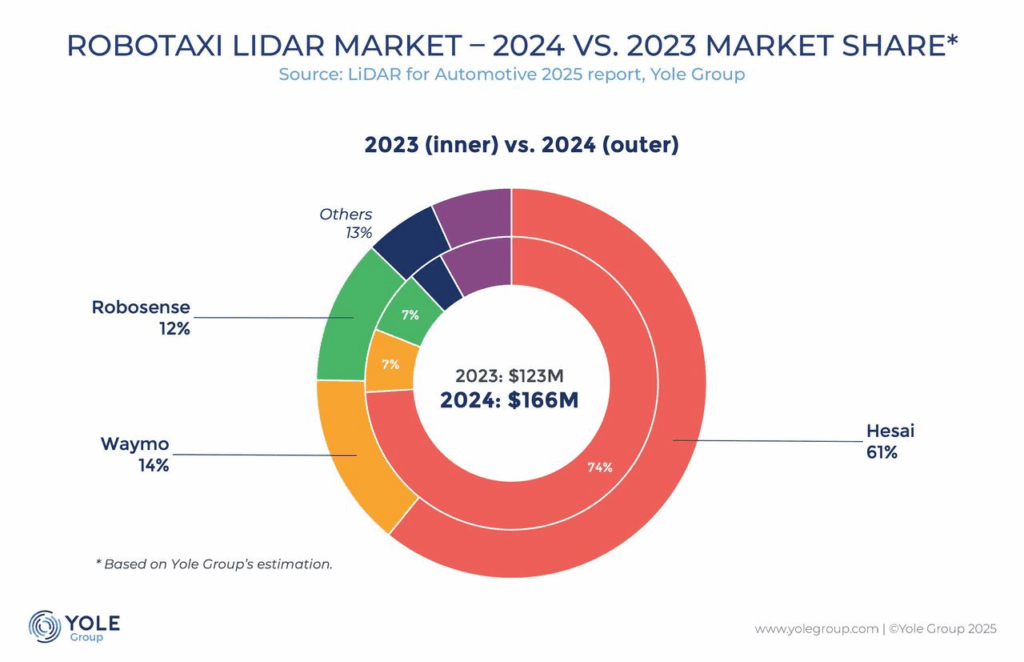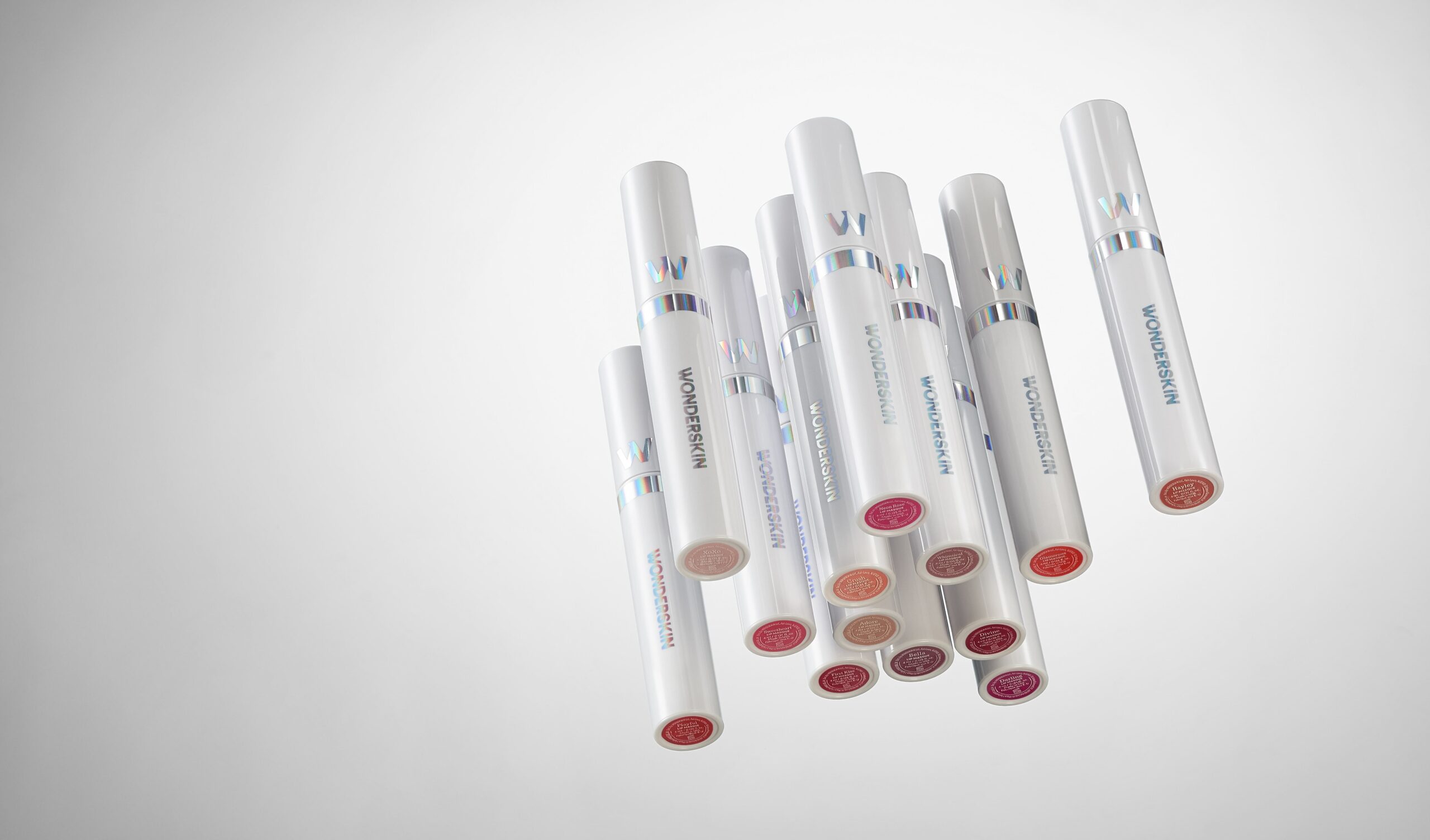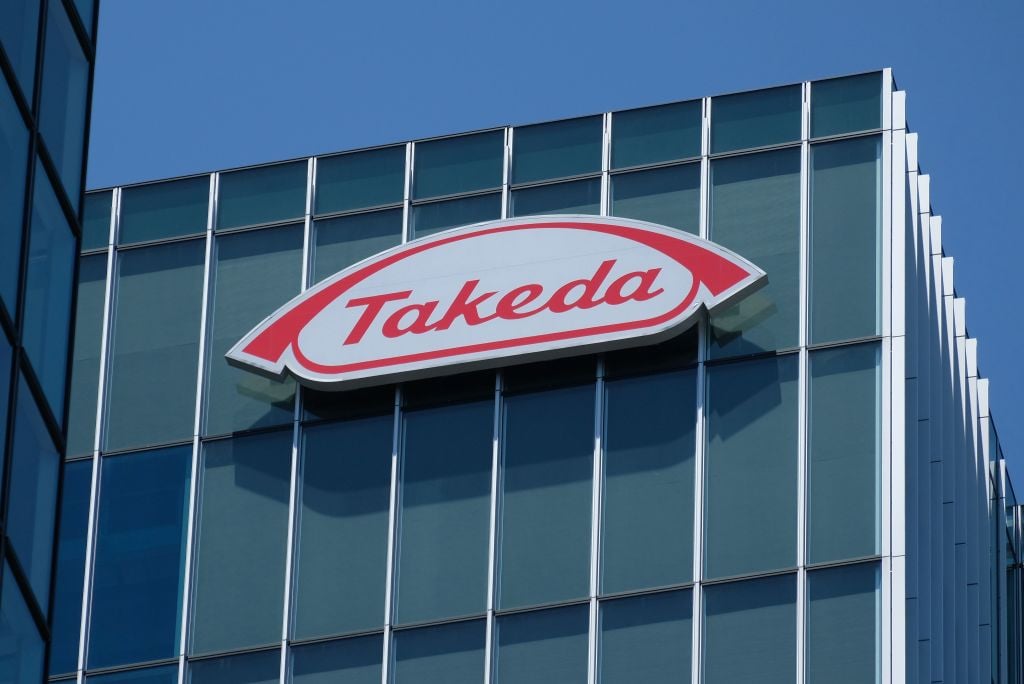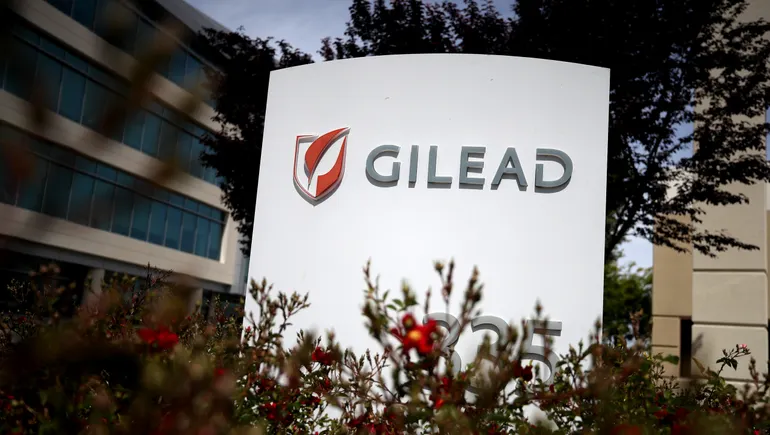Pandora trims profitability target despite strong US growth amid tariff fears
Pandora has lowered its annual profit margin guidance for 2025 after a strong start to the year, citing the decline of the U.S. dollar and the potential impact of rising U.S. tariffs on its costs.

Pandora has lowered its annual profit margin guidance for 2025 after a strong start to the year, citing the decline of the U.S. dollar and the potential impact of rising U.S. tariffs on its costs.
The Danish jewellery giant saw first-quarter sales in the U.S. grow 11%, making it the strongest market for the brand. Revenue in North America accounted for 32% of Pandora’s total sales, underlining its importance to the company’s performance.
In the first quarter of 2025, Pandora’s revenue reached 7.3bn Danish crowns ($1.1bn), reflecting organic growth of 7%. Operating profit also saw a 9% increase.
However, Pandora has revised its full-year profit margin forecast to 24%, down from its previous guidance of 24.5%.
It cited currency fluctuations and ongoing uncertainties around U.S. trade tariffs as key factors behind the reduction in its margin expectations.
“We are pleased with how we’ve started the year, especially given the high volatility in the world around us,” said CEO Alexander Lacik.
Lacik expressed concerns about the impact of rising U.S. tariffs, particularly on products made in Thailand, where Pandora manufactures its signature charm bracelets and necklaces.
The company had already faced pressure from a 37% tariff on imports from Thailand, which is now temporarily paused. However, Lacik acknowledged that any further escalation could force Pandora to reassess its strategy.
Pandora is already planning to shift some production logistics, with the company aiming to ship directly to Canada and Latin America by 2026, bypassing its current U.S. warehouse operations.
However, with most of its manufacturing still based in Thailand, Pandora will likely continue to face tariff-related challenges if they return.
Pandora has already implemented price increases earlier this year, following a 5% hike in October 2024 and an additional 4% in April. The company has not ruled out further price adjustments if tariffs increase again.
Both Adidas and Shein have flagged the potential impact of U.S. tariffs on their pricing strategies. Adidas has warned that rising U.S. tariffs could lead to higher costs for customers across the pond, while Shein has already implemented significant price hikes of up to 377% due to tariffs on Chinese imports.
Click here to sign up to Retail Gazette‘s free daily email newsletter























































































































































